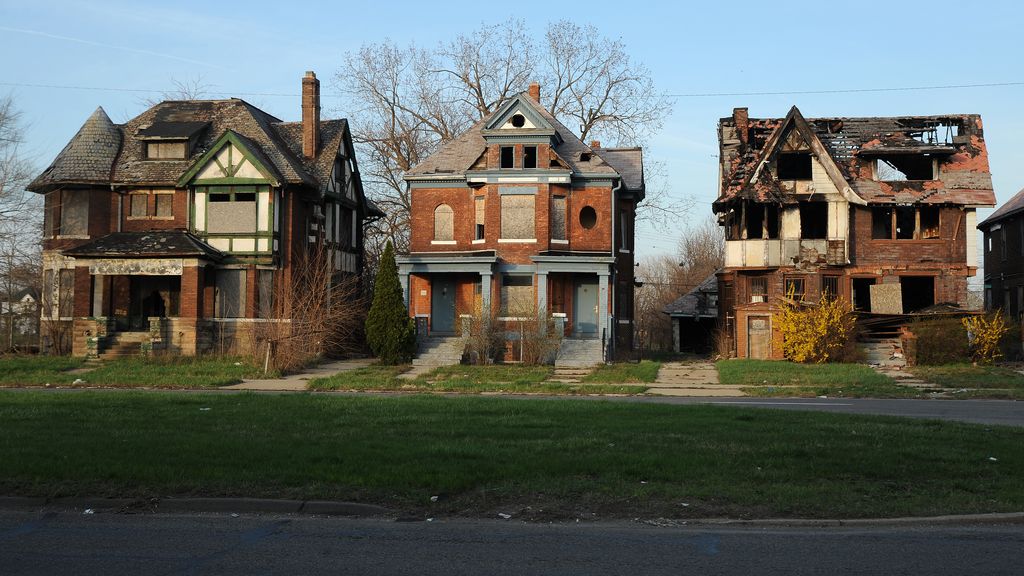
Oakland’s Abandoned Housing Problem Persists Despite EffortsOakland’s Abandoned Housing Problem Persists Despite Efforts Despite ongoing efforts to address Oakland’s persistent problem of abandoned housing, the city continues to face challenges in reducing the number of dilapidated and vacant properties. Prevalence and Impact Abandoned housing blight has become a significant issue in Oakland, with an estimated 3500 vacant and abandoned houses as of 2021. These derelict properties pose numerous safety hazards, including fire risks, structural instability, and breeding grounds for pests. They also negatively impact property values, discourage investment, and contribute to neighborhood decline. Ongoing Efforts The City of Oakland has implemented several programs aimed at combating abandoned housing: * Vacant Property Registry: Requires owners of vacant properties to register them with the city and pay an annual fee. * Code Enforcement: Inspects abandoned properties and issues citations for violations of building and health codes. * Rehabilitation and Sale: Acquires abandoned properties through foreclosure, renovates them, and sells them at affordable prices. Challenges Despite these efforts, Oakland faces ongoing challenges in addressing abandoned housing: * Ownership Identification: Identifying the owners of abandoned properties can be difficult, especially when they reside out of state or are deceased. * Funding Limitations: Rehabilitation and demolition costs for abandoned properties can be high, and the city often struggles to secure sufficient funding for these efforts. * Legal Process: The legal process for foreclosing on abandoned properties can be lengthy and complex, further delaying the removal of blighted homes. Call for Action Oakland residents and stakeholders continue to advocate for increased efforts to address abandoned housing. They call for: * Strengthened Enforcement: More rigorous enforcement of building and health codes to ensure abandoned properties are properly maintained. * Increased Funding: Providing more funding for rehabilitation and demolition projects to reduce the number of blighted homes. * Community Involvement: Encouraging neighborhood residents to report abandoned properties and participate in cleanup efforts. Conclusion Oakland’s abandoned housing problem remains a pressing issue that requires continued attention and collaboration. While efforts to address the problem are ongoing, the city faces significant challenges in identifying owners, securing funding, and navigating legal complexities. Greater enforcement, increased funding, and community involvement are essential to reducing the number of abandoned properties and improving the well-being of Oakland’s neighborhoods.
Posted inNews